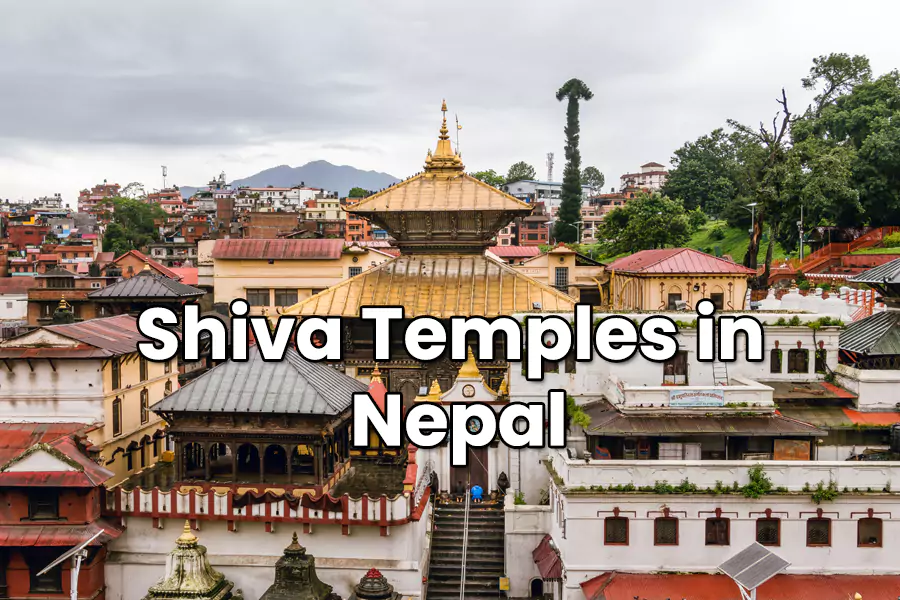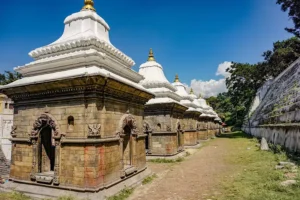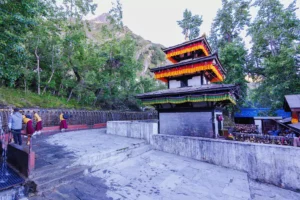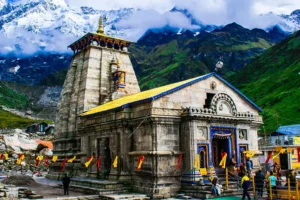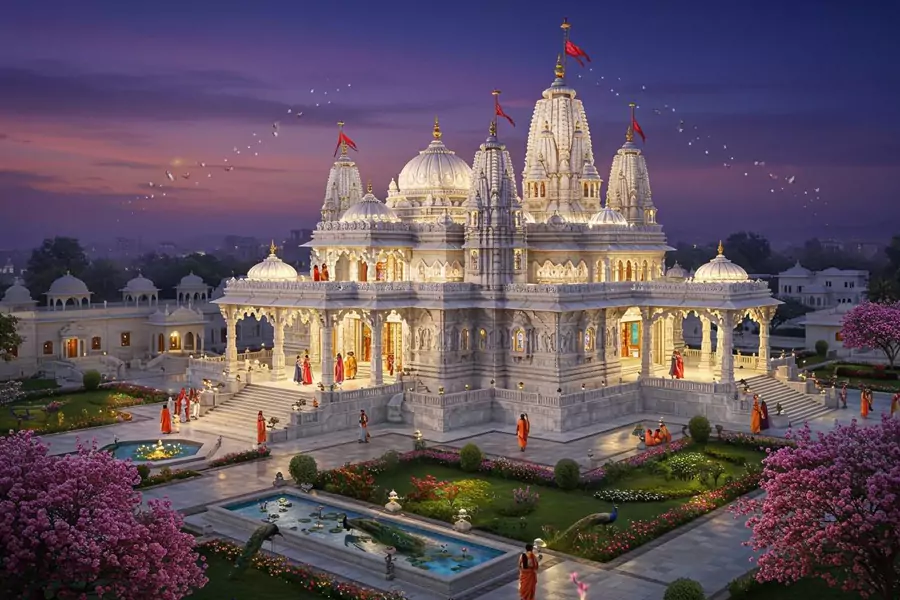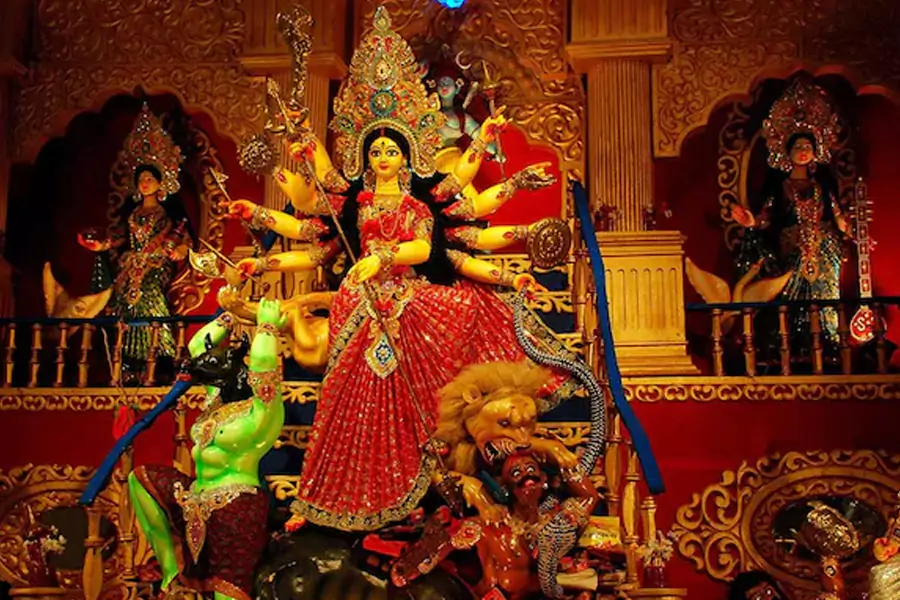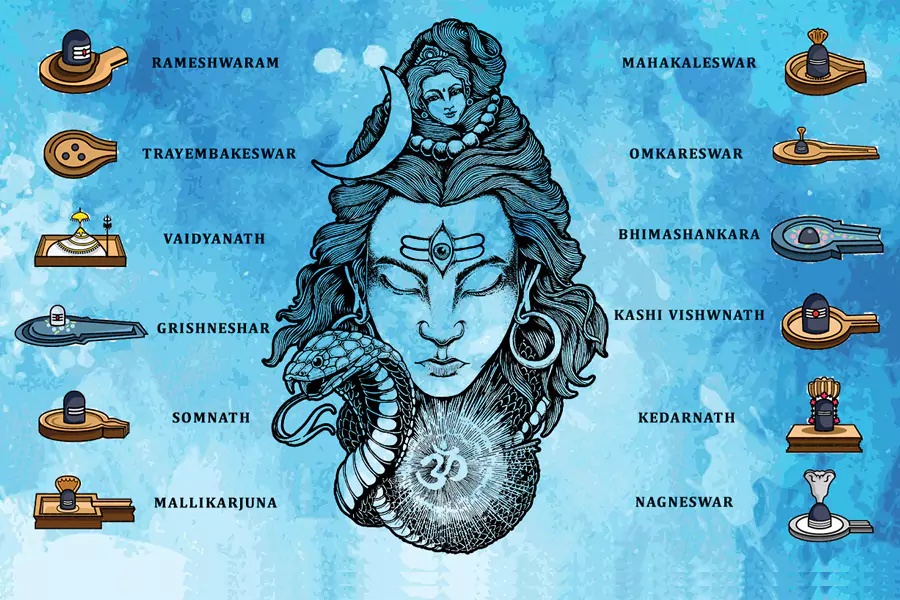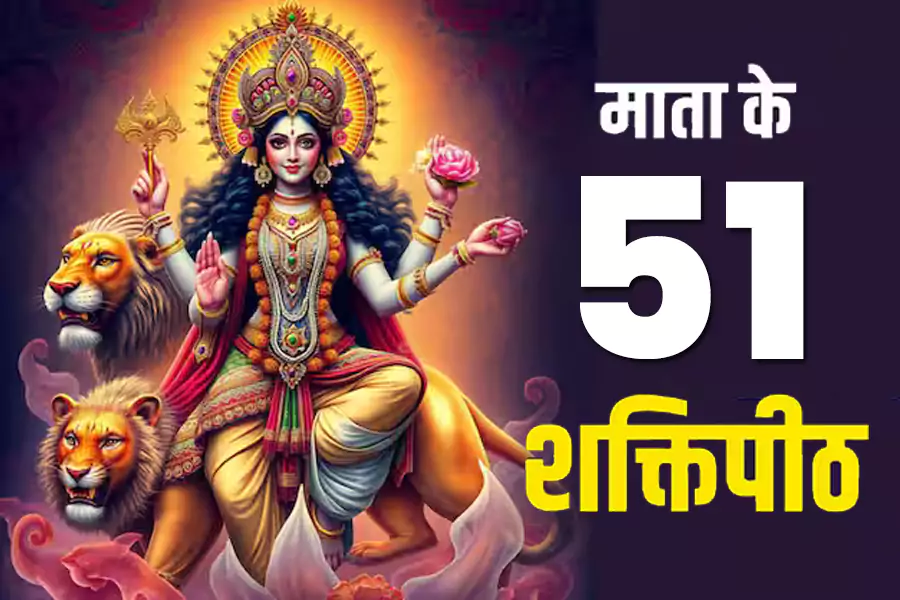Nepal is a sacred destination for devotees of Lord Shiva, home to some of the most prominent Mahadev temples in the world. These revered shrines beautifully combine ancient legends, timeless rituals, and the divine aura of the Himalayas. From mystical caves to riverside sanctuaries, every temple offers a distinct spiritual experience with Lord Shiva.
List of Top 6 Shiva Temples in Nepal
In this blog, we highlight six important Shiva temples in Nepal along with their spiritual importance. To complement this divine journey, travellers can stay at resorts in Nepal such as The Soaltee Kathmandu and Soaltee Westend Chitwan by SacredDham, which provide both comfort and convenience.
Devotees can also explore many sacred sites beyond Nepal, such as the famous Shiva temples in Bihar, which hold deep historical and spiritual significance.
Pashupatinath Temple: The Heart of Shiva Worship in Nepal
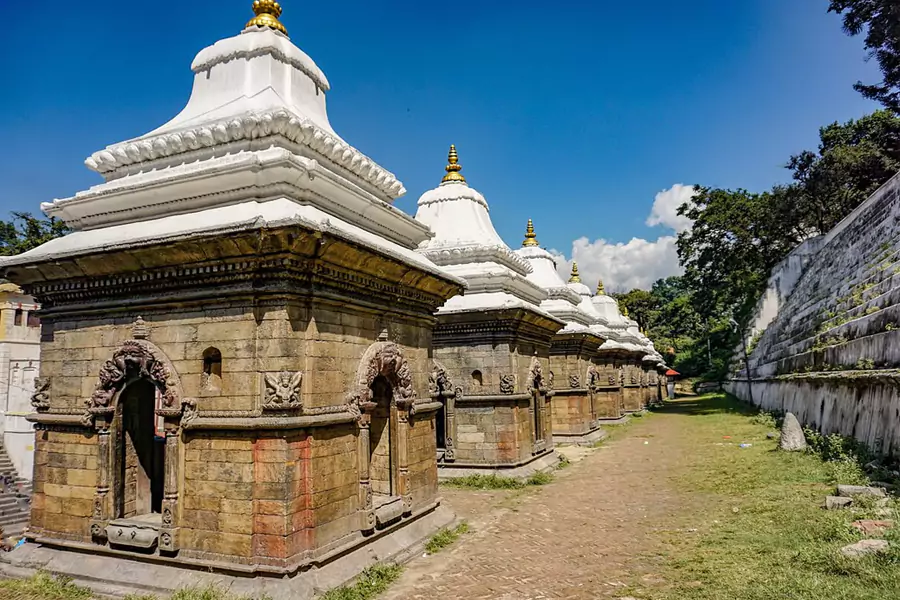
Location: Kathmandu, on the banks of the Bagmati River
The Pashupatinath Temple is one of the holiest shrines dedicated to Lord Shiva and holds immense significance in Hinduism. Situated in Kathmandu, this UNESCO World Heritage Site worships Lord Shiva in his form as Pashupati, the “Protector of Beings.” Believed to be one of the twelve Jyotirlingas, it is an essential spiritual landmark.
Religious Significance: Mythology states that Shiva once appeared here as a deer. When the gods recognized him, this site was consecrated as his eternal abode. The temple, with its golden pagoda-style roof, intricate carvings, and sacred location by the Bagmati River, radiates deep devotion and reverence.
Why You Should Visit:
- Attend the mesmerizing evening aarti by the Bagmati River
- Be part of the grand Maha Shivaratri festival
- Observe the cremation rituals on the ghats, symbolizing life and rebirth
- Feel the intense spiritual atmosphere within the temple complex
Best Time to Visit: February–March (Shivaratri), October–March (pleasant climate)
Temple Timings: 4 AM–12 PM, 5 PM–9 PM
Doleshwor Mahadev Temple: The Hidden Head of Kedarnath
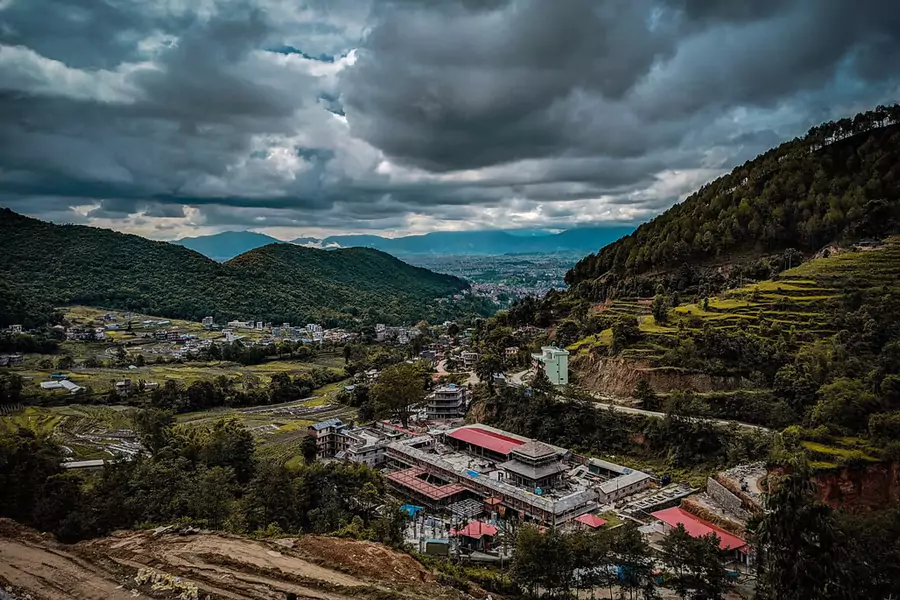
Location: Bhaktapur, about 20 km from Kathmandu
Doleshwor Mahadev Temple is regarded as the head portion of the Kedarnath lingam in India. Recognized by Kedarnath priests, this temple connects Nepal to one of India’s most sacred Jyotirlingas. Its peaceful environment, surrounded by green hills, makes it a special place for meditation and devotion.
Religious Significance: Legends narrate that after the Kurukshetra war, the Pandavas sought Shiva. Disguised as a bull, Shiva vanished into the earth. While the body surfaced at Kedarnath, the head is believed to have appeared here in Doleshwor.
Why You Should Visit:
- Pray in a serene, less-crowded environment
- Witness the Mahashivratri celebrations full of rituals
- Explore its divine connection to Kedarnath
Best Time to Visit: March–May, September–November
Temple Timings: 5 AM–12 PM; 1 PM–7 PM
Gokarneshwor Mahadev Temple: Where Forests Whisper Shiva’s Name

Location: Gokarna Forest, northeastern Kathmandu
Gokarneshwor Mahadev Temple is set within a tranquil forest, offering a peaceful spiritual retreat. The sound of rustling leaves, chirping birds, and flowing streams enhances its divine aura, making it a place of meditation and ancestral rituals.
Religious Significance: It is believed that Shiva once roamed this forest in deer form. The temple is especially important during Gokarna Aunsi, when rituals are performed to honor fathers and ancestors.
Why You Should Visit:
- Take part in Gokarna Aunsi rituals dedicated to fathers
- Enjoy the quiet forest environment ideal for reflection
Best Time to Visit: August (Gokarna Aunsi), October–March
Temple Timings: 5 AM–7 PM
Halesi Mahadev Temple: Nepal’s Mysterious Cave of Divinity
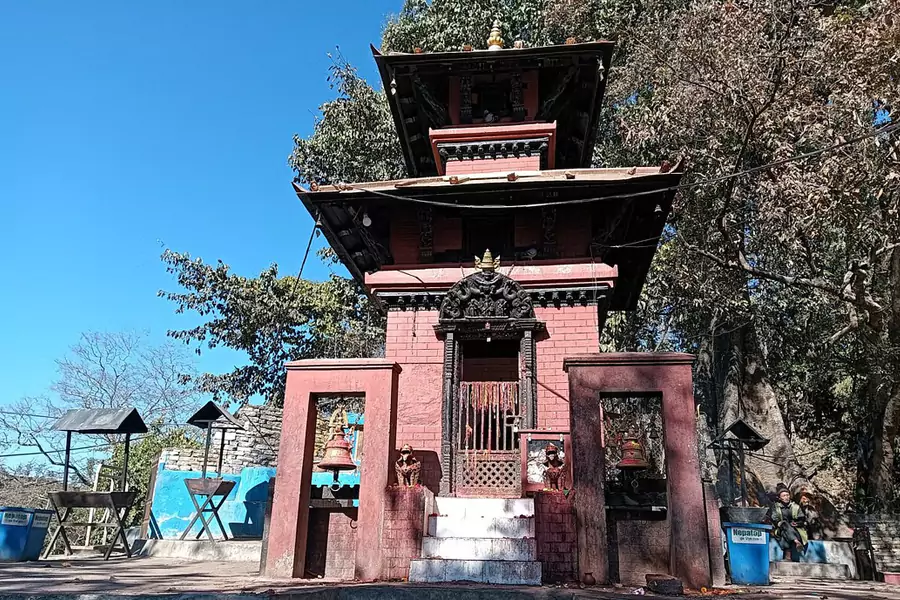
Location: Khotang District, Eastern Nepal
Halesi Mahadev Temple, often called the “Pashupatinath of the East,” is a mystical cave shrine admired by Hindus, Buddhists, and the Kirat community. The temple’s ancient caves with Shiva lingams attract both seekers of faith and adventure.
Religious Significance: It is believed Shiva hid here to escape the demon Bhasmasur. The cave is also sacred to Buddhists as Maratika Cave, where Guru Padmasambhava attained immortality, making it a rare interfaith pilgrimage site.
Why You Should Visit:
- Explore the ancient caves filled with divine energy
- Witness rituals of different faiths practiced together
- Join celebrations of Shivaratri and Maratika festivals
Best Time to Visit: February (Shivaratri), April–June, September–November
Temple Timings: 5 AM–7 PM
Kirateshwar Mahadev Temple: The Tribal Form of Shiva in the Hills of Dharan
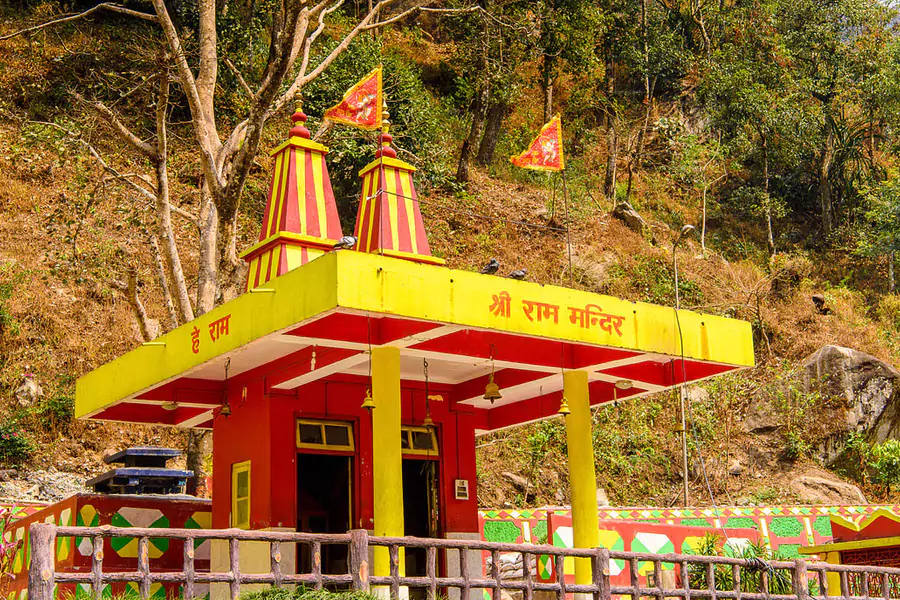
Location: Near Dharan, Eastern Nepal
Kirateshwar Mahadev Temple honors Shiva in his tribal Kirati form. Set amidst forests and streams, the temple radiates harmony between Vedic traditions and local culture.
Religious Significance: Legends say Shiva appeared here as a Kirat hunter to test Arjuna by creating a wild boar illusion. The encounter revealed Shiva’s universal nature and the temple remains deeply sacred to the Kirati community.
Why You Should Visit:
- Experience the Bala Chaturdashi festival
- Witness the unique fusion of Kirati and Vedic worship
- Enjoy the serene natural setting for meditation
Best Time to Visit: November (Bala Chaturdashi), year-round mild climate
Temple Timings: 7 AM–9 PM
Pindeshwor Temple: The Self-Manifested Lingam of Dharan
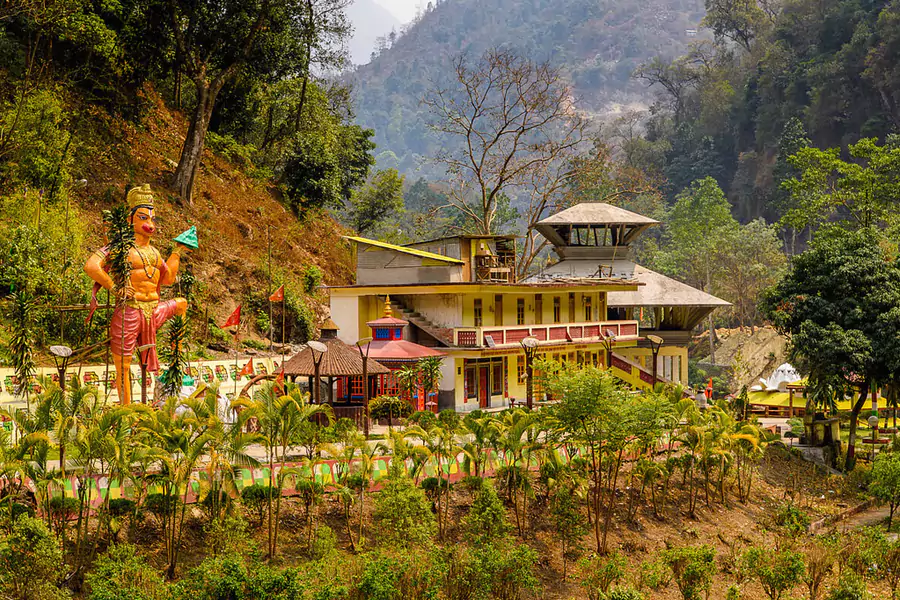
Location: Dharan, Sunsari District
Pindeshwor Temple houses a sacred swayambhu (self-manifested) lingam and is closely linked to the holy Barahakshetra region. Known for its peaceful surroundings, the temple is a popular site of worship, especially during Shravan and on Mondays dedicated to Lord Shiva.
Religious Significance: The naturally emerged lingam has been revered by sages for centuries. Pilgrims visit in large numbers during Maha Shivaratri and Shravan, seeking blessings and inner peace.
Why You Should Visit:
- Visit on auspicious Mondays for special prayers
- Participate in the Rudri path, a Vedic ritual
- Spend time in the calm and meditative ambiance
Best Time to Visit: March (Maha Shivaratri), July–September (Shravan)
Temple Timings: 5 AM–7 PM
SacredDham Stay Recommendations in Nepal
To enhance the temple tour experience, choosing the right place to stay is important. SacredDham offers some of the best resorts in Nepal, blending comfort with spiritual exploration.
The Soaltee Kathmandu is ideal for visiting temples in and around the capital, including Pashupatinath, Doleshwor, and Gokarneshwor. The resort features premium rooms, fine dining, and wellness amenities for a restful stay.
The Soaltee Westend Chitwan is perfect for travellers heading towards eastern Nepal to visit Halesi Mahadev, Kirateshwar, or Pindeshwor. It provides a peaceful environment and cultural experiences, making the stay both enriching and comfortable.
Conclusion
Nepal is not only a land of scenic mountains but also a land of devotion and spiritual energy. Temples like Pashupatinath, Doleshwor, and Halesi invite devotees to experience faith, mythology, and inner peace. With SacredDham resorts in Nepal, travellers can enjoy both divine blessings and world-class hospitality, making their journey truly memorable.
From Nepal’s Himalayan shrines to the architectural marvels in the South, Lord Shiva’s temples inspire devotion across regions. Read our blog on the most famous Shiva temples in South India to continue your journey.
Frequently Asked Questions
1. What is the most famous Shiva temples in Nepal?
The Pashupatinath Temple in Kathmandu is the most well-known Shiva temples in Nepal, visited by devotees worldwide.
2. Do Indian citizens need a visa to visit Nepal temples?
No, Indian nationals can visit Nepal without a visa by carrying valid government-issued ID.
3. What is the best time for a Nepal temple tour?
October to March is the best time, as the weather is pleasant and many festivals are celebrated.
4. How far is Pashupatinath Temple from SacredDham’s Kathmandu resort?
It is about a 20-minute drive from The Soaltee Kathmandu.
5. Can I plan a week-long Shiva temple trip in Nepal?
Yes, you can cover major temples like Pashupatinath, Doleshwor, and Halesi in a week.
6. Are these temples senior citizen friendly?
Most temples are accessible, though some like Halesi may involve trekking or steps.
7. Which SacredDham resort is best for temple tourism in Nepal?
The Soaltee Kathmandu is an excellent choice for exploring temples, offering comfort and proximity to major shrines.


